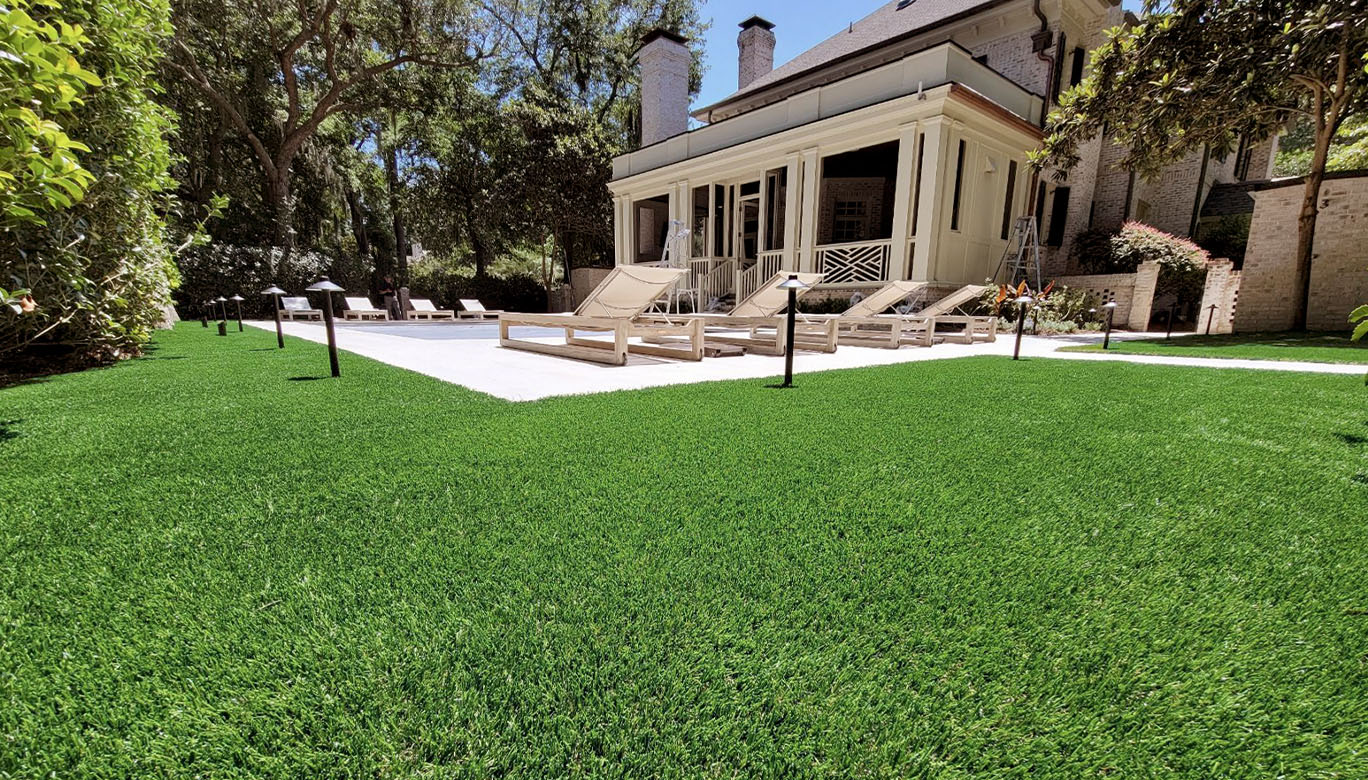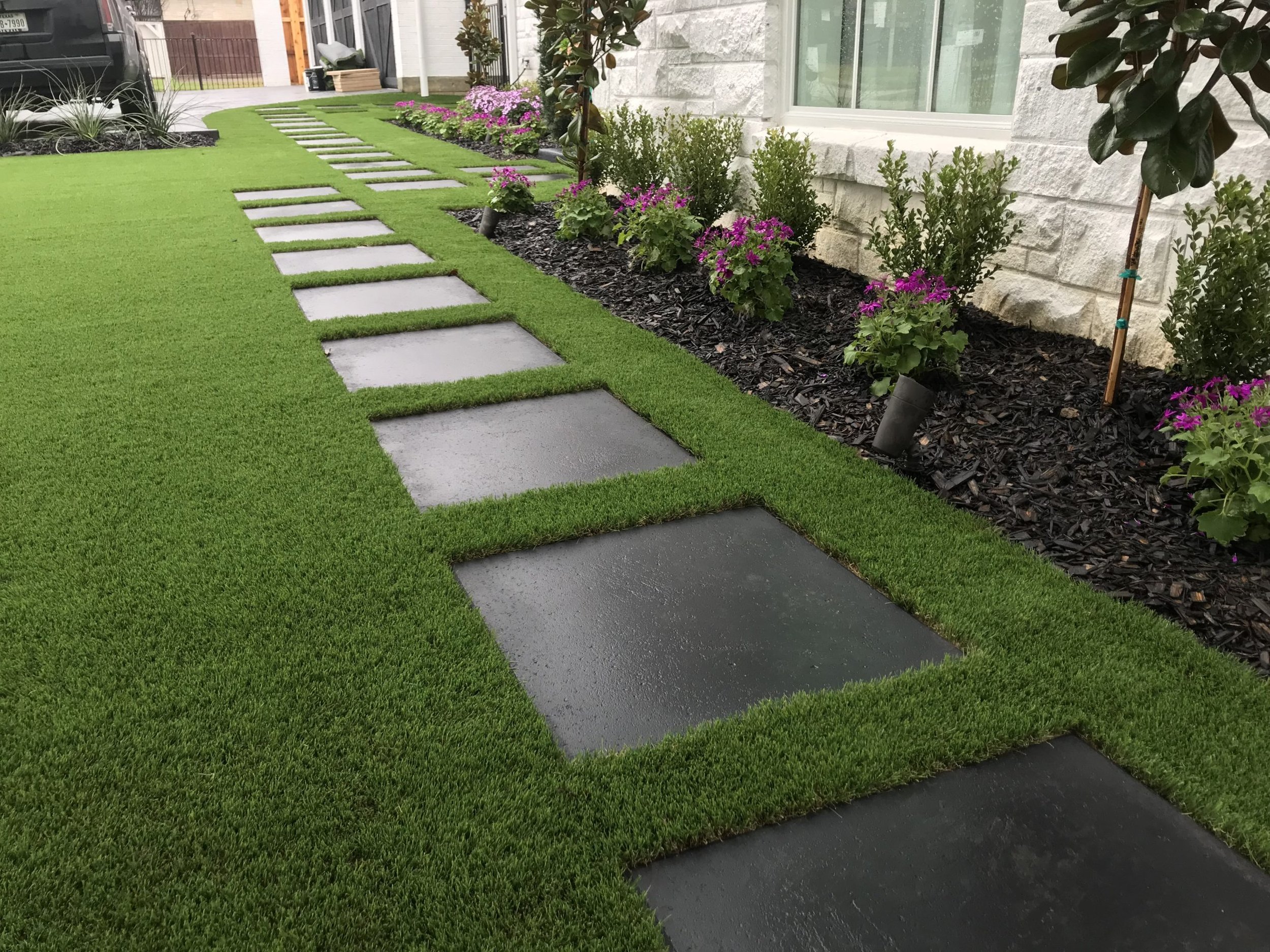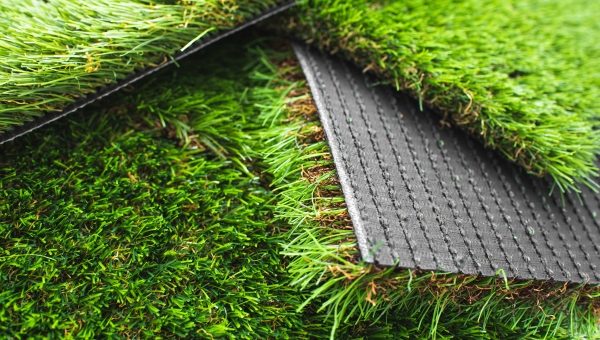Skilled Arizona Turf Installation Services for Home and Business Use
Skilled Arizona Turf Installation Services for Home and Business Use
Blog Article
Delve Into the Environmental Perks of Opting for Artificial Lawn Solutions
The adoption of artificial lawn options presents an engaging possibility to attend to pushing ecological obstacles. By dramatically minimizing water use and reducing the application of harmful chemicals, these choices not just advertise lasting landscaping but likewise secure neighborhood ecosystems. Moreover, the reduced carbon impact linked with decreased upkeep activities adds to a more lasting technique to land management. Nonetheless, the ramifications of these benefits extend past plain preservation efforts, raising concerns about their long-term influence on environment preservation and total ecological equilibrium. Checking out these dimensions discloses a complicated interplay worth thinking about.
Water Conservation Perks
One of one of the most significant advantages of synthetic grass is its ability to conserve water. Conventional lawn yards need considerable watering, specifically in locations prone to drought or water restrictions. On the other hand, synthetic grass does not need watering, considerably lowering the overall demand for water sources. This function is especially useful in deserts where water scarcity is a pressing worry.
By removing the need for normal watering, artificial grass adds to sustainable landscape techniques and helps alleviate the ecological influence of excessive water intake. The preservation of water prolongs to the decrease of runoff, which can lead to soil erosion and river air pollution.
Additionally, the setup of synthetic grass enables property owners and communities to designate water sources much more successfully, focusing on crucial usages such as alcohol consumption water and farming. The change in the direction of artificial lawn not only advertises responsible water use but additionally aligns with wider environmental objectives focused on preserving natural sources.
As neighborhoods increasingly prioritize sustainability, the water conservation benefits of synthetic grass present an engaging situation for its fostering in commercial and household landscaping projects.
Reduced Chemical Use
The transition to artificial turf significantly lowers the reliance on chemical treatments commonly utilized in all-natural yard upkeep. Standard grass management typically entails the application of plant foods, herbicides, and pesticides to advertise development and control bugs. These chemicals can position dangers to human health, regional wild animals, and the setting, adding to dirt and water contamination.
In contrast, fabricated lawn gets rid of the requirement for these damaging compounds. By reducing the launch of artificial substances into the ecosystem, artificial grass advertises much healthier soil and water systems.
Moreover, the absence of chemical drainage connected with synthetic grass installments helps shield local waterways from air pollution, supporting water life and keeping biodiversity. Phoenix turf companies. As areas significantly prioritize sustainable practices, going with artificial lawn provides a viable solution that aligns with environmental conservation goals. Through this shift, property proprietors can enjoy lush environment-friendly areas without jeopardizing ecological wellness, leading the way for a more lasting future
Lower Carbon Footprint

Moreover, the setup of synthetic grass can result in substantial water conservation. Natural grass call for substantial amounts of water for irrigation, which not just includes in the carbon impact related to water removal and treatment but likewise pressures neighborhood water sources. On the other hand, synthetic grass needs very little maintenance, calling for no watering, consequently significantly reducing water use and its connected energy costs.
Furthermore, the longevity of synthetic grass adds to check it out its lower carbon effect. With a lifespan of up to 15 years or even more, the requirement for regular substitutes is decreased, resulting in much less waste and lower energy intake in production and taking care of conventional grass options. On the whole, synthetic grass presents a sustainable choice for ecologically mindful landscape design.
Environment Preservation
Environment preservation is a crucial factor to consider in the argument over landscaping options, particularly when comparing synthetic grass to all-natural turf. All-natural grass lawns typically call for extensive upkeep, consisting of making use of herbicides, pesticides, and plant foods, which can negatively influence neighborhood environments. These chemicals can seep into the soil and rivers, harming native vegetation and fauna and disrupting neighborhood habitats.
In contrast, synthetic grass provides a chance to minimize the eco-friendly impact of landscape design. By opting for artificial turf, house owners can reduce the interruption of all-natural habitats connected with typical yard treatment practices. Fabricated turf gets rid of the demand for dangerous chemicals, thus shielding nearby wild animals and maintaining the stability of surrounding communities. The setup of artificial turf can lead to the conversion of former grass locations right into even more biodiverse landscapes, such as pollinator yards or indigenous plant locations, which can sustain regional wild animals.
Eventually, the transition to artificial grass not only saves water and reduces maintenance initiatives yet additionally cultivates an extra unified partnership between human activities and the native environment, advertising habitat preservation while doing so.
Long-Term Sustainability
Long-term sustainability is an important factor in reviewing the advantages of synthetic grass over traditional lawn yards. One of check my reference one of the most substantial advantages of synthetic grass is its durability; it can last up to 15-20 years with very little upkeep, whereas natural grass needs regular reseeding and replacement. This durability minimizes the demand for constant sources, such as water, fertilizers, and pesticides, which are necessary for preserving a healthy and balanced yard lawn.
Furthermore, synthetic grass adds click here for info to a reduction in carbon discharges related to grass care devices. Conventional grass often call for gas-powered mowers, trimmers, and blowers, all of which contribute to air pollution. Artificial turf companies phoenix. In comparison, synthetic grass gets rid of the need for such equipment, advertising a cleaner environment
Additionally, the production of man-made grass significantly uses recycled products, enhancing its sustainability profile. As producers embrace environmentally friendly techniques, the ecological footprint of synthetic grass proceeds to reduce.

Final Thought
The adoption of synthetic grass services presents substantial environmental benefits, consisting of significant water preservation, decreased reliance on unsafe chemicals, and a lower carbon footprint. Fabricated turf aids in preserving all-natural environments by reducing land disturbance and advertising long-term sustainability through the use of long lasting materials. Jointly, these factors emphasize the potential of man-made lawn to contribute favorably to ecological health and use a practical choice to conventional landscape design practices in a significantly resource-conscious globe.
In contrast, synthetic lawn does not require watering, substantially lowering the overall need for water resources. By lessening the release of synthetic substances right into the community, fabricated turf promotes much healthier soil and water systems.
Furthermore, the installment of fabricated lawn can result in significant water preservation. In contrast, synthetic turf requires minimal maintenance, needing no watering, consequently dramatically reducing water usage and its associated energy costs.

Report this page